Overseas Trade
From Time and Space (Dec 1971)
While many people will appreciate that the NZBC is a trading organisation in the advertising sense, comparatively few are aware that it also carried on a quite extensive "trade" with overseas in programme material.
One of the least publicised of all NZBC activities is the Overseas Programme Section.
In 1963 it was becoming clear that the NZBC would require a special section to service the increasing number of requests received from overseas for New Zealand programmes; and also to provide material required for exchange schemes organised by the three international broadcasting organisations to which the NZBC belonged-the Asian and European Broadcasting Unions and the Commonwealth Broadcasting Conference.
In addition, NZBC programme schedules had for some years been enriched by material received without charge from over- seas broadcasting organisations and there was an obligation on the Corporation to make pro- grammes available in return.
At this time too, many of the larger broadcasting organisations overseas were operating established transcription services (all except the BBC) on a "no charge” basis, and the NZBC felt it should take advantage of this means of projecting an informed and objective image of New Zealand.
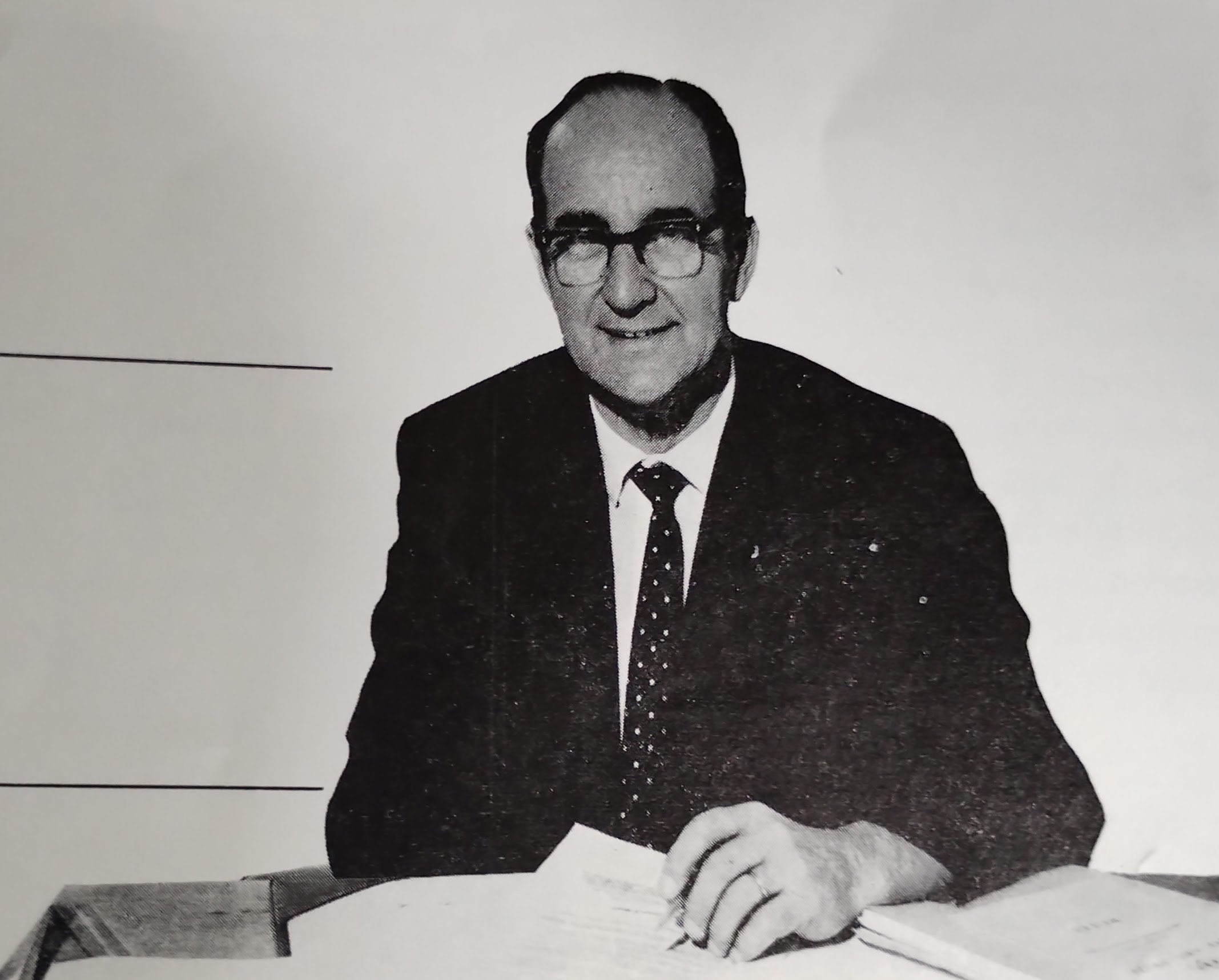
In December 1964, the Overseas Programme Exchange Section was established (the word "Exchange" was dropped from the title in 1970), and the first programme issue was despatched in April 1965. It included four programmes by the Symphony Orchestra, five of Māori music, two features and three short talks.
One year later, in May 1966, the section had become involved in TV exchange schemes for the ABU and EBU. Both of these schemes are still operating.
In this same year programme publicity sheets for both radio and television were being sent to eighty-nine organisations. By 1967, this number had increased to one hundred and ten and the section had sold its first two TV features.
By 1969, filming in colour had commenced and in that year an NZBC television programme won first prize in the Cultural Section of an International film festival held in Barcelona.
In 1970, the mailing list passed the 200 mark. This included the North American Broadcasting Corporation-a distributing organisation based in San Francisco, supplying programmes to over 400 non-commercial radio and television stations through-out the U.S.A.
Also in 1970, the NZBC participated in eleven programme exchange schemes with other broadcasting organisations, five through the EBU; two through the Commonwealth Broadcasting Conference and four through the ABU.
Since 1967, the Overseas Programme Section has been producing a weekly half-hour variety programme for New Zealand Forces overseas and in August 1970, a further programme was added to this distribution — a weekly half-hour digest produced from the daily Current Affairs programme, Checkpoint. The mailing list at present covers two-hundred and thirty-seven radio and television organisations.
The catalogue of available (indexed under programmes talks, light music, serious music, plays and features, and tele- vision), is assembled from publicity sheets issued at approximately two-monthly intervals.
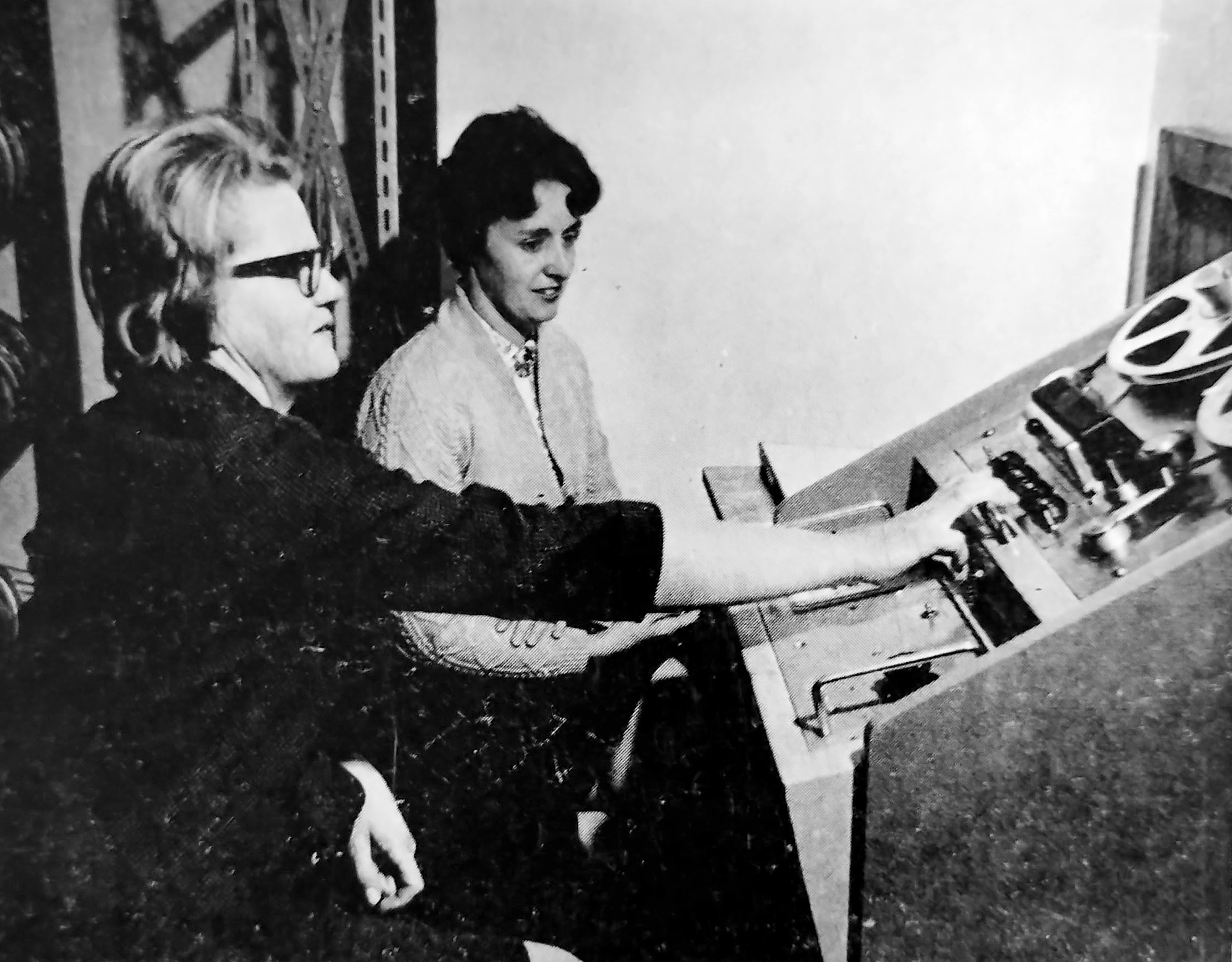
The output of the section represented by these publicity sheets is planned to cover most aspects of New Zealand's social, cultural and civic life, and these are illustrated in all types of music programmes, in plays and features written by New Zealanders, and in talks and discussions and documentaries that deal with flora and fauna, history, sport and farming activities. Music, customs and folklore of the Māori are also extensively covered.
In addition to material produced for inclusion in the catalogue, there are many programmes prepared each year to meet requests from overseas broadcasters, for new Year, Christmas and other religious and national celebrations, for anniversaries, for international children's programmes, for the inauguration of new stations, or for greetings from foreign students living in New Zealand.
Reaction from overseas broad- casters indicates that NZBC radio and television programmes are being used by broadcasting organisations in most countries of Europe and Africa, in the United Kingdom, U.S.A. and Canada, and in the Asian and Pacific area. Since 1969, the section has made special efforts to provide programmes and services for this latter region.
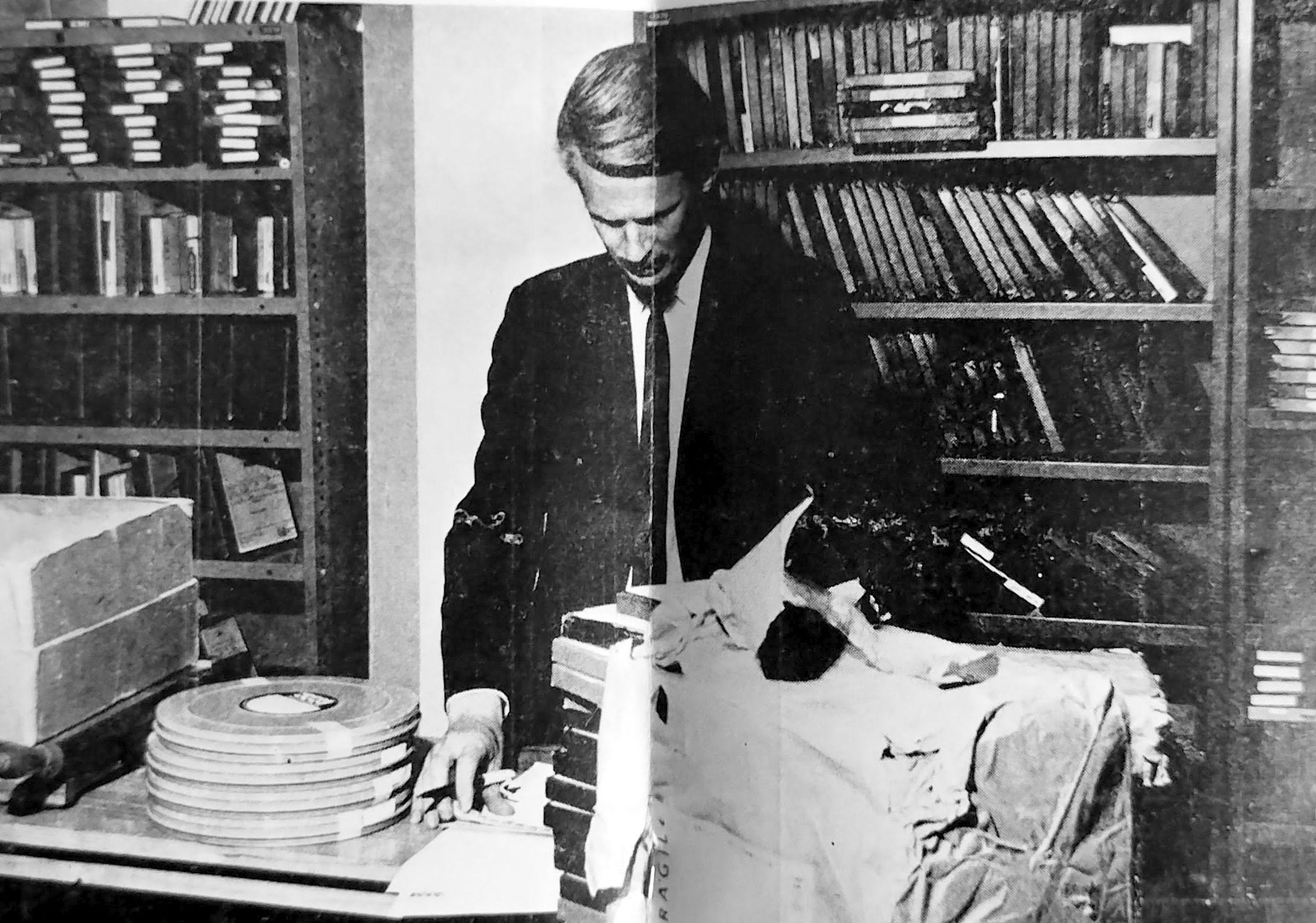
Some measure of the success of this effort can be gauged from the increasing number of orders for programmes that are received from the Asian and Pacific broadcasters, from the requests for special programmes and from the reports of broadcasts that have taken place.
Fifty-three television programmes and television coverage of sporting events have been sold to twenty-six organisations in twenty-three countries since November 1967. The income is now approximately $15,000.
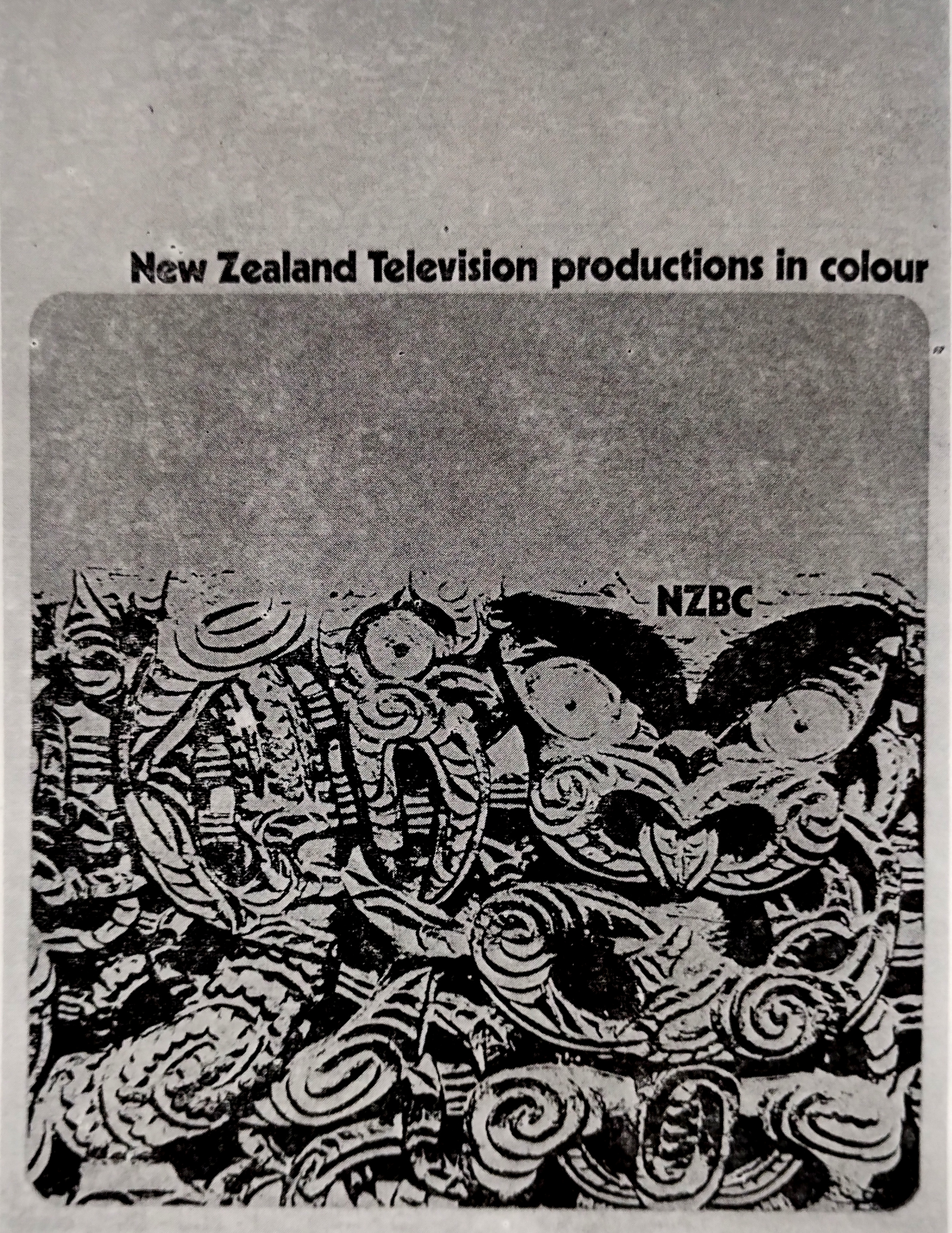 Our ability to sell TV programmes overseas is limited to organisations who will accept monochrome, and to extend this facility, the section has subsidised filming in colour since 1969; the first six colour films are now ready for distribution and publicity has just been released.
Our ability to sell TV programmes overseas is limited to organisations who will accept monochrome, and to extend this facility, the section has subsidised filming in colour since 1969; the first six colour films are now ready for distribution and publicity has just been released.
The six films include two of Māori songs and dances, two short items-Skydiving in the Southern Alps and Pottery on the West Coast, and two features one on Cancer Research and the other on the legend of McKenzie the sheep stealer "Half a Fairy Tale".
With the improving of NZBC TV drama, aspects of overseas sale brighter; already the expressed interest in Pukemanu, and it is expected a similar interest in Section 7 will be shown.

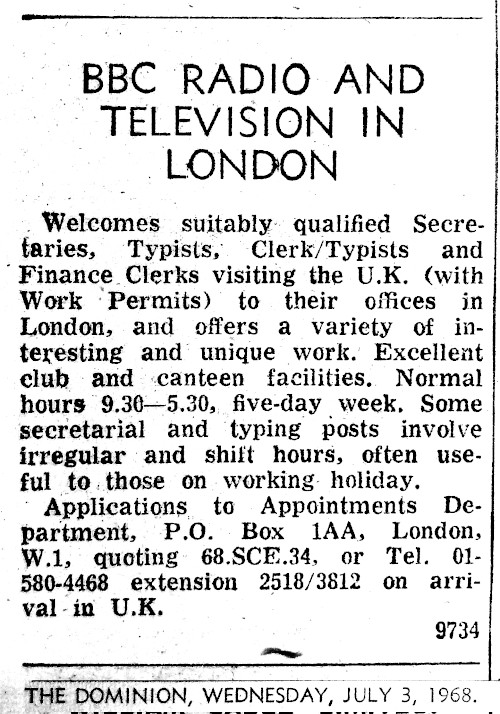
Comments powered by CComment